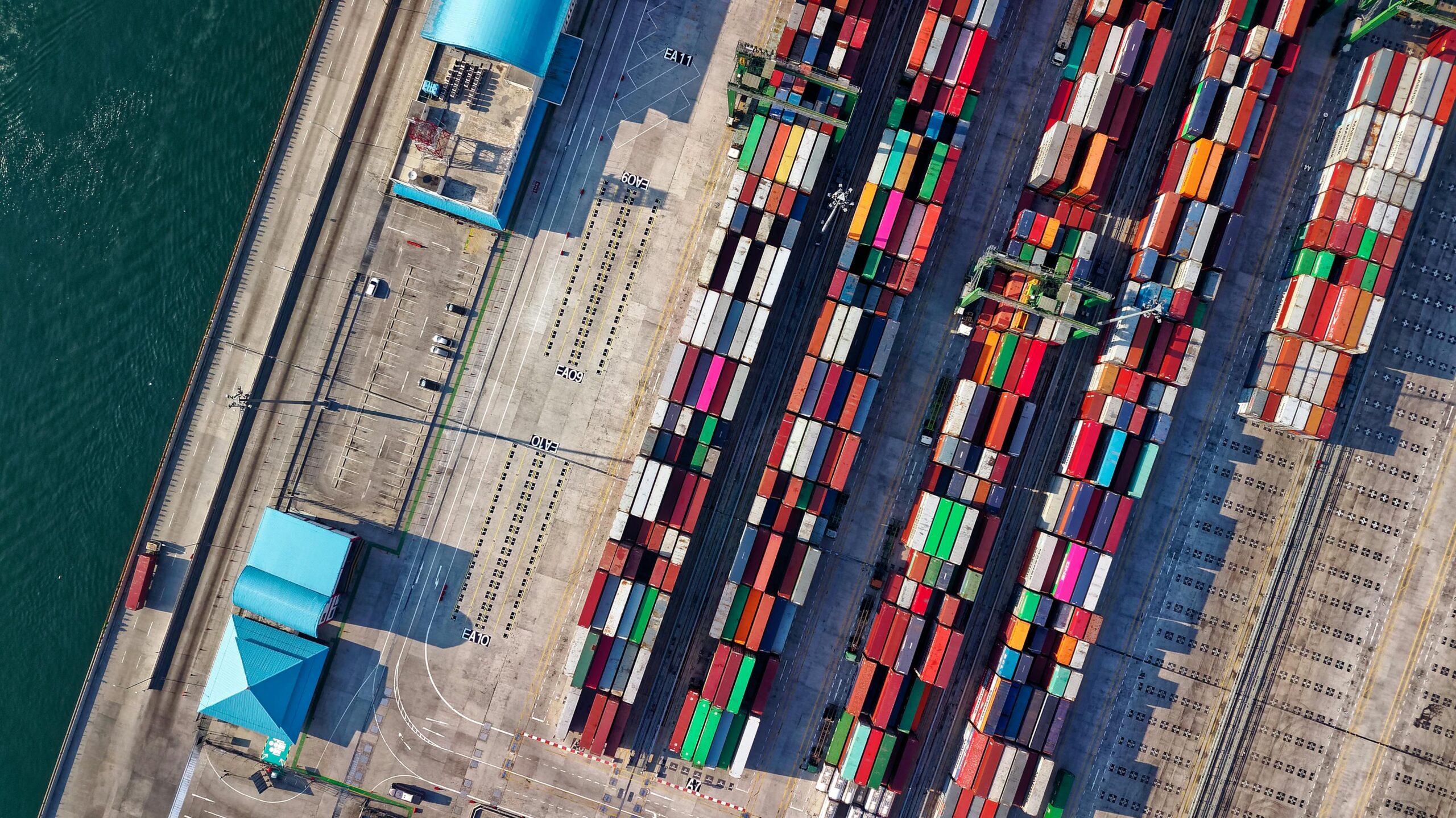Have you ever wondered why a popular item suddenly disappears from shop shelves, or why the price of your favourite cooking oil seems to jump without warning? Often, the answer lies hidden within the intricate web known as the supply chain. For Kenyan consumers, understanding this vital process is key to grasping why products are available, and at what cost.
At Retail Place, we’re here to explain how the journey of a product – from its raw materials to your shopping basket – directly impacts its availability and price in our local markets.
What is a Supply Chain? A Journey from Farm to Fork (or Factory to Store)
Simply put, a supply chain is the entire network of individuals, organizations, activities, information, and resources involved in moving a product or service from its origin to the end consumer.
Think about a simple packet of maize flour in Kenya:
- Farming: Maize is grown, harvested.
- Transportation: Maize is transported from farms to milling factories.
- Milling: Maize is processed into flour, packaged.
- Distribution: Packets of flour are transported to wholesalers, then to supermarkets, dukas, and local vendors.
- Your Purchase: You buy the flour.
Every step in this chain, for every product, whether local or imported, affects its final journey to you.
How Supply Chains Influence Product Availability
A smooth supply chain ensures products are available when and where you need them. However, if any link in this chain faces a challenge, it can lead to stockouts or delays:
- Production Issues:
- Local Context: Droughts affecting maize harvests in Kenya, or power outages shutting down a local factory.
- Global Context: A factory closure in China due to a pandemic, or a labour strike at a major port where goods meant for Kenya are loaded.
- Impact: Fewer products are manufactured or grown, leading to scarcity in the market.
- Transportation & Logistics Challenges:
- Local Context: Poor road networks, traffic congestion in urban centres like Nairobi, or fuel price hikes making local transport more expensive and slower. Inefficient customs processes at borders for imported goods can also cause significant delays.
- Global Context: Shortages of shipping containers, congestion at major international ports, or disruptions in global shipping routes (e.g., due to geopolitical events or natural disasters).
- Impact: Even if products are made, they can’t reach shelves on time, creating artificial shortages or long waiting periods for imported items.
- Warehousing & Storage Issues:
- Local Context: Inadequate or poorly managed warehousing facilities can lead to spoilage (especially for perishables) or damage, reducing available stock.
- Impact: Products might be in the country but not accessible to retailers, affecting immediate availability.
- Information Flow & Coordination:
- Local Context: A lack of real-time data sharing between suppliers, distributors, and retailers can lead to inaccurate forecasting, resulting in either overstocking or stockouts.
- Impact: Retailers might order too little or too late, causing shortages.
How Supply Chains Impact Product Prices
Every cost incurred along the supply chain contributes to the final retail price you pay. Disruptions often lead to higher prices due to:
Increased Production Costs:
- Raw Materials: If the cost of raw materials (e.g., global oil prices affecting plastics, or fertilizer prices for agriculture) increases, manufacturers pass these costs down.
- Labour: Rising wages or labour shortages can increase manufacturing costs.
- Impact: A more expensive product leaves the factory.
Higher Transportation Costs:
- Fuel Prices: Fluctuations in fuel prices directly impact the cost of moving goods locally and internationally.
- Shipping Rates: Global events can cause sea freight or air cargo rates to skyrocket.
- Road Tolls/Levies: Local transportation costs can increase due to road conditions or various levies.
- Impact: The cost of getting the product to the store goes up significantly.
Storage & Handling Expenses:
- Increased warehousing costs (rent, utilities, labour) or inefficient inventory management can add to the product’s final price.
Exchange Rate Fluctuations (for Imported Goods):
- Local Context: A weaker Kenyan Shilling against major currencies like the US Dollar makes imported goods more expensive in local currency terms.
- Impact: Even if the international price of a product remains stable, its cost in Kenya can rise sharply due to currency depreciation.
Increased Risk & Uncertainty:
- When supply chains are volatile, businesses factor in higher risk premiums. This can include costs for holding more “safety stock” (extra inventory in case of delays) or investing in more resilient, but potentially more expensive, supply routes.
For Kenyan shoppers, the next time you see a price increase or an empty shelf, remember that the supply chain is often the silent force at play. Understanding its complexities empowers you to make more informed choices and appreciate the vast network that brings everyday items to your reach.









